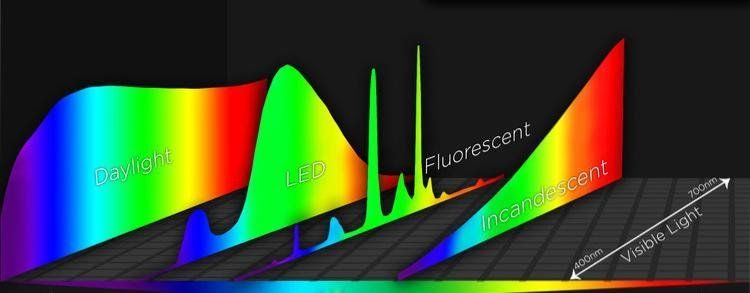Title 20 Compliance: As Goes California, So Goes the Nation
California is the most populous state in the nation with nearly 38 million inhabitants. As such it wields a lot of power both politically and economically. It is also one of the most progressive states when it comes to consumer protection legislation. So when California passes a law that affects some commercial product, manufacturers often have two choices: refuse to comply and stop selling their products in California, or comply with the new regulations to keep their market share.
It’s often far too difficult and costly for a manufacturer to research, develop, and implement the new changes to the product, change an entire production line, and still keep the old, un-optimized product at the same time. It’s much more cost effective to completely phase out the old product than keep two parallel products in operation. We saw this with the automotive companies recently. California pushed out new fuel efficiency standards and suddenly all consumer vehicles across the board became more fuel efficient. It’s hard to lose out on 38 million potential customers, especially when your competitors are ready to rush in and scoop them up.
The same thing happened with California’s Title 20 legislation which went into effect in January 2010. The legislation aimed to increase efficiency standards for various items including light bulbs by 2018. New provisions went into effect in 2020 and manufacturers have been working diligently to comply with the new standards. Effective January 1, 2020, the California Energy Commission added a regulation that requires general service lamps (GSL) to have a minimum efficacy of 45 lumens per watt. The vast majority of products HardWire uses are Title 20 compliant and will say as much in the product descriptions.
Below we outline some of the more salient particulars of Title 20 and what standards manufacturers’ products must meet in order to comply with the legislation.
State-regulated LED lamps (SLED)
- Defined as lamp with a base that is E12, E17, E26, or GU-24
- Includes retrofit kits
| Minimum efficacy | 80 lpw (lumens per watt) |
| Minimum compliance score | 297 |
| Minimum rated life | 0.2 watts |
| Standby power | Dave |
State-regulated small diameter directional lamps (SDDL)
- Typically found in retail, hospitality, and museum track lighting
- Can include incandescent, halogen, or LEDs
- Defined as non-tubular directional lamp with a 2.25 inch or less diameter; can operate at 12 volts, 24 volts, or 120 volts
| Minimum efficacy | 80 lpw (lumens per watt) or or a minimum efficacy of 70 lpw and a minimum compliance score of 165 |
| Minimum rated life | 25,000 hours |
State-regulated general service lamps (GSL)
- Can be incandescent, halogen, CFL, or LED
- Defined as omni-directional lamp with an E26 base (these account for the vast majority of the lights found in household fixtures, including the “standard” A19.)
| Minimum efficacy | 45 lpw (lumens per watt) |
| Minimum compliance score | None |
| Minimum rated life | 1,000 hours |
CRI > 80 for non-modified spectrum or 75 for modified spectrum lamps
Practically speaking, if your product scores below 82 on the CRI, it most likely cannot be legally sold in California, regardless of the efficacy.
California is a powerhouse of regulatory reform and when the state passes something that cracks down on inefficiency and promotes savings on cost, energy, and emissions, the world takes notice. Our cars have become more fuel efficient. Products that may contain even trace levels of suspected carcinogens must be labeled accordingly, and our light bulbs are getting better, brighter, and cost us less. As goes California, so goes the nation. And that’s not always a bad thing.





